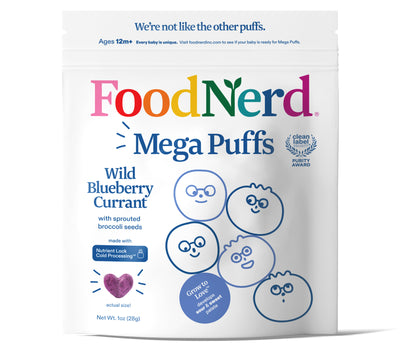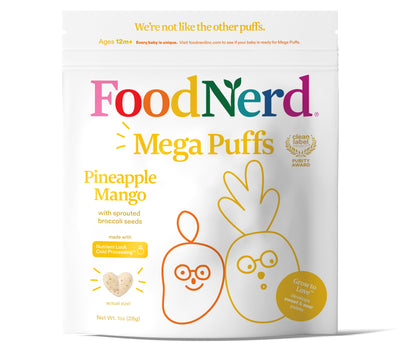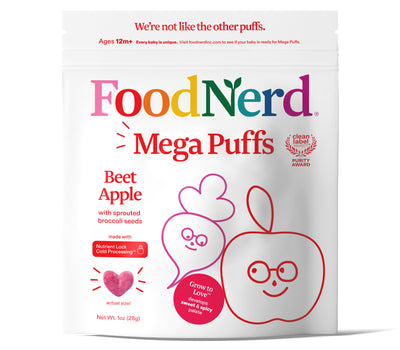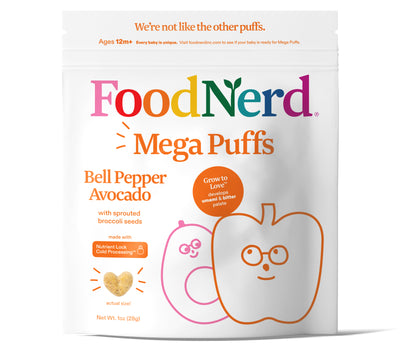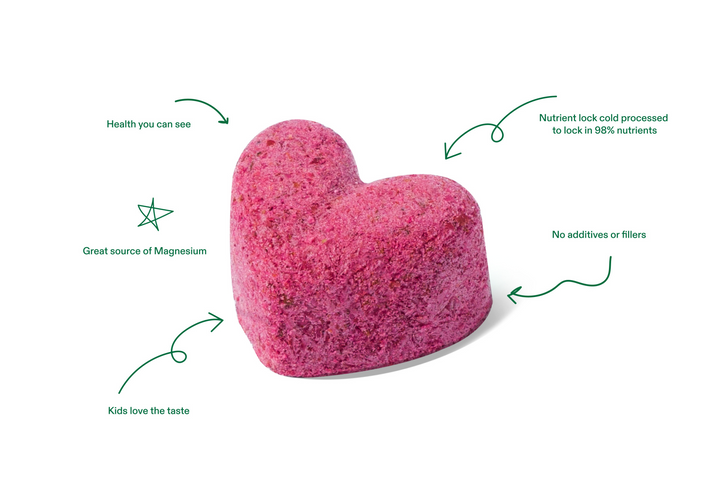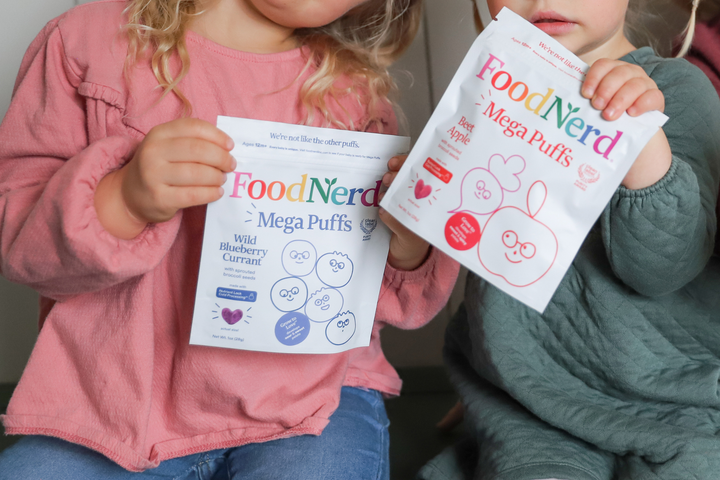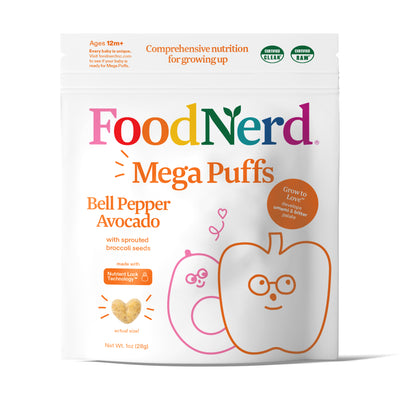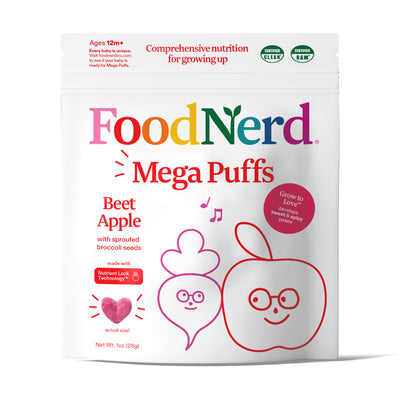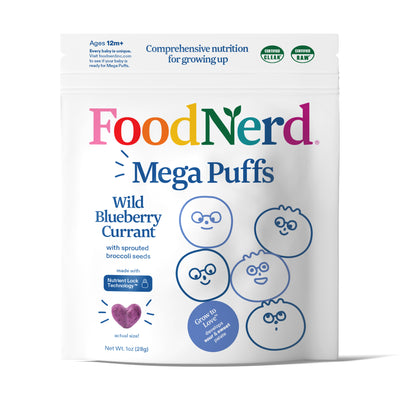
What’s the Difference Between Wild Blueberries & Regular Blueberries?
What do you think of when you hear the word wild blueberries? Maybe you envision blueberries growing undisturbed in the woods or on the side of a mountain.
Have you ever considered that the blueberries you buy at the grocery store or even the farmer’s market may not meet the criteria to be considered wild?
If regular blueberries are so healthy for us, then why do we care about eating wild blueberries? We will get to the amazing health benefits of wild blueberries, but first, what are wild blueberries?
All About Wild Blueberries
Wild blueberries are different from regular blueberries (aka cultivated blueberries) in many ways. For instance, wild blueberries are referred to as “lowbush”, while cultivated blueberries are called “highbush”. What does this mean?

Cultivated Blueberries (Highbush)
- Tall shrubs that can reach a height of 8 ft
- Are planted. Prefer acidic soil, full sun, and plenty of water to keep roots moist throughout the growing season.
- Grows in the northern and southern part of the U.S.
- Fun Fact: Make a great home garden fruit
Wild Blueberries (Lowbush)
- Small shrubs that grow no larger than 2 ft
- Are not planted. These plants are indigenous and grow wherever mother nature intended them to grow—from underground stems, which give rise to new shoots and stems.
- Grows in cold northern climates of the U.S., particularly Maine, Quebec, and Atlantic Canada. Tropical climates also have their own species of wild blueberries in areas such as Mexico, Central, and South America. (This blog is specifically referring to wild blueberries grown closer to home—the Northern parts of U.S. and Canada.)
- Fun Fact: Are one of North Americas oldest native berries—over 10,000 years old
Other Reasons Wild Blueberries are Different:
- Smaller. Wild blueberries are smaller in size than regular blueberries, more compact, and have less water content. This means that you get more wild blueberries per pound than regular blueberries.
- More flavor. Wild blueberries have a more intense, sweet, and tangy flavor compared to regular blueberries.
- Are better to cook with. Wild blueberries maintain their shape, color, and texture when using them to bake or going through the manufacturing process. They also freeze very well and maintain their quality for over 2 years when frozen.
Why Should I Eat Wild Blueberries?

There are many reasons why the benefits of eating wild blueberries outweigh the benefits of eating regular blueberries:
- Contain more antioxidants. Wild blueberries have twice the antioxidant capacity per serving in comparison to regular blueberries and other berries, such as raspberries and strawberries.
- This may be due to the harsh, cold growing conditions that these plants thrive under. The harsher the growing conditions, the more protection the plant needs, which comes in the form of phytochemicals (gives them their intense blue color). Wild blueberries are rich in phytochemicals called polyphenols, which are powerful antioxidants. There are many different types of polyphenols in wild blueberries, including anthocyanins, proanthocyanidins, chlorogenic acids, and flavonols. Antioxidants offer a wide range of health benefits, including reducing age-associated oxidative stress and inflammation.
- Contain 2x the fiber. Wild blueberries contain twice the amount of fiber compared to regular blueberries—about 6.2 grams of fiber per cup, which is 25% of the daily recommended value for fiber (Click here to learn about the important health benefits of eating fiber).
- Contain 30% less sugar. Wild blueberries contain 30% less sugar than regular blueberries and are considered to be a low glycemic food.
- Contain 8x more manganese. Wild blueberries contain 8x more manganese compared to regular blueberries. One serving of wild blueberries (1 cup) provides 4 mg or 200% of the daily recommended value for manganese. Manganese is an important trace mineral that has antioxidant properties. Research has shown that manganese may improve bone health, reduce inflammation, help regulate blood sugar, and plays a role in nutrient metabolism.
- More nutrition for less calories. One cup of wild blueberries is low in calories (80 calories per cup), yet packed with nutrition. Not only are wild blueberries low in fat, they contain several micronutrients, including, iron, vitamin C, folic acid, and manganese. They also have a higher anthocyanin content (antioxidant) than regular blueberries.
What are the Health Benefits of Eating Wild Blueberries?
Wild blueberries have many health benefits, mainly due to the antioxidant activity of the phytochemicals that they contain. Research has shown that eating wild blueberries: (at least 1 cup per day for 6-8 weeks) the more consistently you eat them, the better the health benefits!)
- Shown to reduce oxidative stress in humans. Research has shown that consumption of wild blueberries significantly reduced oxidized, damaged DNA. Damage to our DNA causes our cells to not function properly, which can contribute to aging, and may play a role in the development of chronic disease.
- Shown to promote gut health. Wild blueberries have been shown to have a positive effect on the gut microbiome by increasing beneficial bacteria. For example, research has shown that dietary treatment with wild blueberries increased the population of Bifidobacteria more than two-fold. (Click here to learn about the importance of the gut microbiome and the role it plays in our health).
- Shows the potential to prevent chronic disease. This is most likely due to the biological activities of anthocyanins, including antioxidant functions, the ability to alter enzyme activities, and ability to regulate gene expression.
How can I get my hands on some Wild Blueberries?

Look in the freezer aisle.
Fresh wild blueberries may be more difficult to source than regular blueberries, but there is good news. Remember how we mentioned that wild blueberries freeze well? You are likely to find wild blueberries in the fruit section of the freezer aisle at your local grocery store.
Look for the words “Wild Blueberries” on packaging.
To ensure you are buying authentic wild blueberries, make sure that both the packaging and ingredient list says “wild blueberries”. Also, try feeling the blueberries inside the packaging—do they feel small and pea-sized? If so, there is a good chance that you’ve got yourself some wild blueberries!
Buy food products that contain wild blueberries.
If you are lucky enough to find healthy food products that contain wild blueberries, we highly recommend taking advantage!
FoodNerd sources only the highest quality, superfood ingredients and luckily for us wild blueberries are on that list! You can find wild blueberries in FoodNerd's Blue Mega Puffs, for kids and the young at heart!
Wild Blueberries for the Win!
Wild blueberries are smaller, but have a more delicious, intense flavor, and are jam-packed with nutrients and antioxidants. They also have many amazing health benefits, including protecting us from chronic disease, reduces oxidative stress that causes aging, and improves the health of our gut microbiome! Regular blueberries and other types of berries are very healthy for us, but clearly wild blueberries have the upper hand here.
Remember, food is medicine. Protect your body and health today by eating some wild blueberries!
Sources:
- “FAQ.” Wild Blueberries, Wild Blueberries of North America, 28 Mar. 2014, www.wildblueberries.com/ the-better-blueberry/faq/.
- Goodson, Amy. “10 Evidence-Based Benefits of Manganese.” Healthline, Healthline Media, 2020, www.healthline.com/nutrition/manganese-benefits#section6.
- Hosseinian, Farah S., and Trust Beta. "Saskatoon and wild blueberries have higher anthocyanin contents than other Manitoba berries." Journal of agricultural and food chemistry 55.26 (2007): 10832-10838.
- Riso, Patrizia, et al. "Effect of a wild blueberry (Vaccinium angustifolium) drink intervention on markers of oxidative stress, inflammation and endothelial function in humans with cardiovascular risk factors." European journal of nutrition 52.3 (2013): 949-961.
- Vendrame, Stefano, et al. "Six-week consumption of a wild blueberry powder drink increases bifidobacteria in the human gut." Journal of agricultural and food chemistry 59.24 (2011): 12815-12820.
